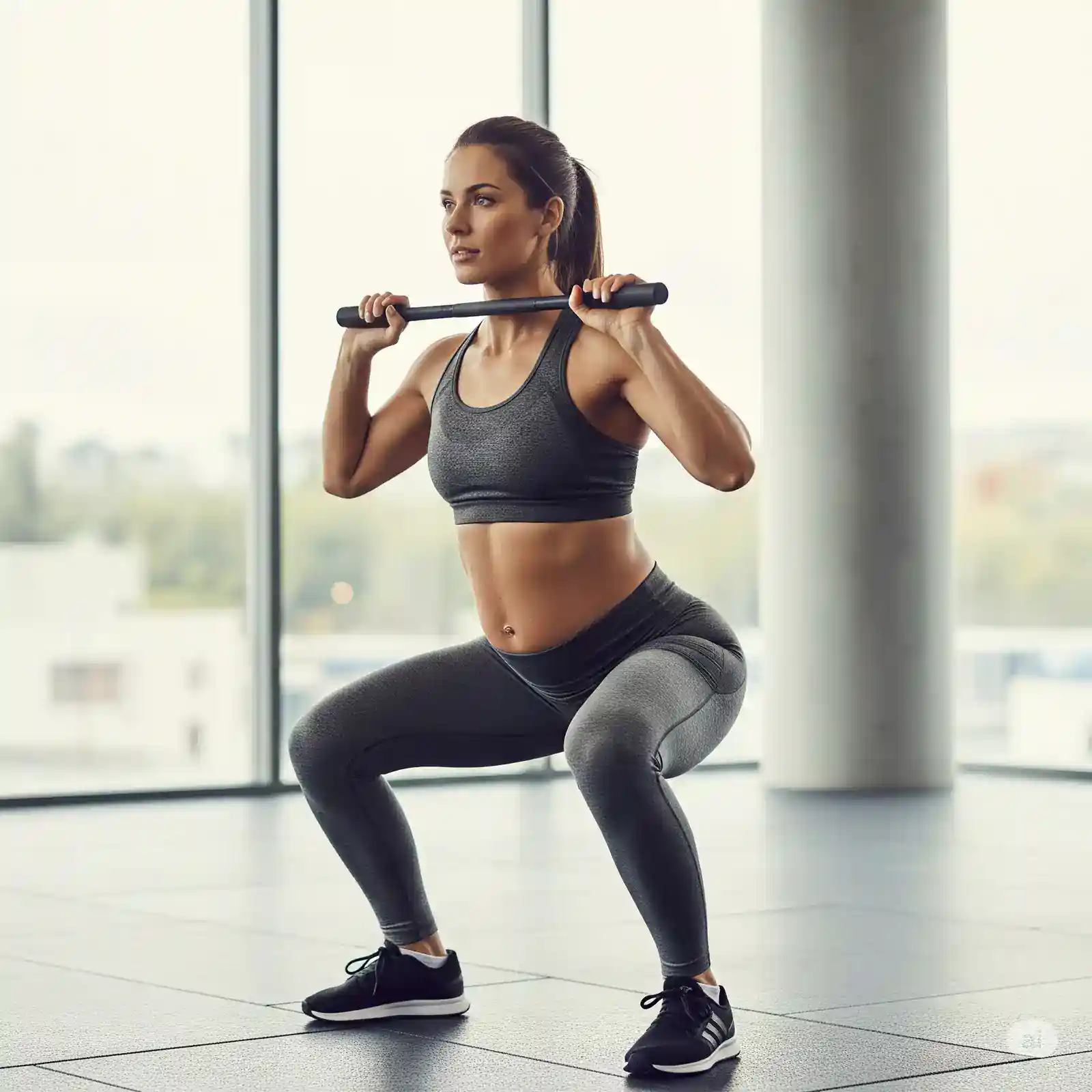Complete Guide to Postpartum Pilates

Pilates can be an excellent way to rebuild strength and stability after pregnancy. This comprehensive guide will help you understand how to safely incorporate Pilates into your postpartum recovery journey.
Key Points:
- Start with basics
- Focus on form
- Progress gradually
- Protect your core
Foundation Exercises
1. Breathing Techniques
Begin with these:
Diaphragmatic Breathing
- Lie on back
- Hands on ribs
- Deep inhale
- Expand ribs
- Slow exhale
Pelvic Floor Breathing
- Lie on back
- Knees bent
- Inhale deeply
- Engage pelvic floor
- Release slowly
2. Core Activation
Start with these:
Pelvic Tilts
- Lie on back
- Knees bent
- Flatten back
- Hold 5 seconds
- Release slowly
Hundred Prep
- Lie on back
- Knees bent
- Lift head
- Arms at sides
- Breathe deeply
Mat Work
1. Beginner Exercises
Try these:
Single Leg Stretch
- Lie on back
- One knee in
- Other leg out
- Switch sides
- Keep core engaged
Spine Stretch
- Sit tall
- Legs wide
- Roll forward
- Keep back straight
- Return slowly
2. Intermediate Moves
Progress to these:
Rolling Like a Ball
- Sit on mat
- Hold knees
- Roll back
- Return to sit
- Keep balance
Single Leg Circles
- Lie on back
- One leg up
- Circle slowly
- Keep hips still
- Switch directions
Equipment Work
1. Reformer Basics
Start with these:
Footwork
- Lie on reformer
- Feet on bar
- Press out
- Return slowly
- Keep alignment
Arm Work
- Sit on reformer
- Hold straps
- Pull back
- Control return
- Keep shoulders down
2. Cadillac Work
Try these:
Leg Springs
- Lie on back
- Feet in straps
- Press down
- Control return
- Keep core engaged
Arm Springs
- Sit on edge
- Hold handles
- Pull down
- Control return
- Keep posture
Core Focus
1. Abdominal Work
Practice these:
Curl Ups
- Lie on back
- Knees bent
- Lift head
- Keep neck long
- Lower slowly
Oblique Work
- Lie on side
- Support head
- Lift top leg
- Keep hips still
- Switch sides
2. Back Strengthening
Focus on these:
Swan Prep
- Lie on belly
- Hands by shoulders
- Lift chest
- Keep neck long
- Lower slowly
Swimming
- Lie on belly
- Lift arms and legs
- Alternate movement
- Keep core engaged
- Breathe deeply
Progression Guidelines
1. Early Phase
Start with basics:
- Week 1-2
- Breathing only
- Basic movements
- Short sessions
- Regular breaks
- Stay comfortable
- Week 3-4
- Add exercises
- Focus on form
- Increase duration
- Monitor response
- Stay safe
2. Advanced Phase
Progress to more:
Week 5-6
- More exercises
- Longer holds
- Better control
- Regular practice
- Stay balanced
Week 7-8
- Complex moves
- Equipment work
- Full sessions
- Better strength
- Stay focused
Safety Guidelines
1. Preparation
Take these steps:
Before Practice
- Medical clearance
- Proper warm-up
- Good form
- Stay hydrated
- Check equipment
During Practice
- Monitor form
- Take breaks
- Stay hydrated
- Listen to body
- Stay comfortable
2. Warning Signs
Watch for these:
Physical Symptoms
- Pain or discomfort
- Excessive fatigue
- Dizziness
- Shortness of breath
- Heavy bleeding
Recovery Issues
- Slow healing
- Increased pain
- Poor sleep
- Low energy
- Mood changes
Workout Programs
1. Beginner Level
Start with this:
Basic Mat Work
- Breathing exercises
- Core activation
- Simple movements
- Short duration
- Regular breaks
Foundation Focus
- Proper alignment
- Basic exercises
- Good form
- Stay comfortable
- Monitor progress
2. Intermediate Level
Progress to this:
Full Mat Work
- Complete sequence
- More exercises
- Better control
- Longer holds
- Stay balanced
Equipment Work
- Reformer basics
- Cadillac work
- Proper form
- Regular practice
- Stay focused
Frequently Asked Questions
Q: When can I start Pilates after giving birth? A: Most women can start gentle Pilates 6-8 weeks postpartum, after getting medical clearance. Start with breathing exercises and basic movements.
Q: What Pilates exercises should I avoid after pregnancy? A: Avoid exercises that put pressure on your abdomen, deep twists, and intense backbends until you have medical clearance. Focus on proper form and gradual progression.
Q: How often should I practice Pilates postpartum? A: Start with 2-3 sessions per week, 20-30 minutes each. Gradually increase frequency and duration as your body heals and you feel comfortable.
Next Steps
Ready to start Pilates? Begin by:
- Getting medical clearance
- Starting with basics
- Focusing on form
- Progressing gradually
For more detailed guidance on postpartum pilates workouts, early postpartum exercises, and postpartum exercise safety, explore our comprehensive resources.